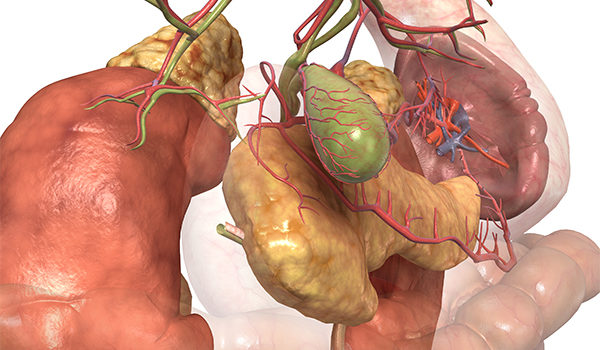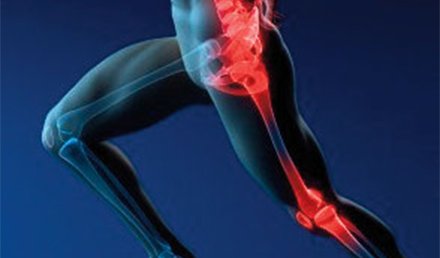Urgent message: Recognizing the need for workup and referral in patients, even if their symptoms are relatively common, is crucial for optimal outcomes Introduction Abdominal symptoms can be attributed to a wide array of causes. When etiology is not immediately apparent, searching for signs and symptoms the patient may not have reported—or even be aware of—may be the first steps toward timely diagnosis and treatment. In this case, the abdominal symptoms were ultimately due to …
Read More









